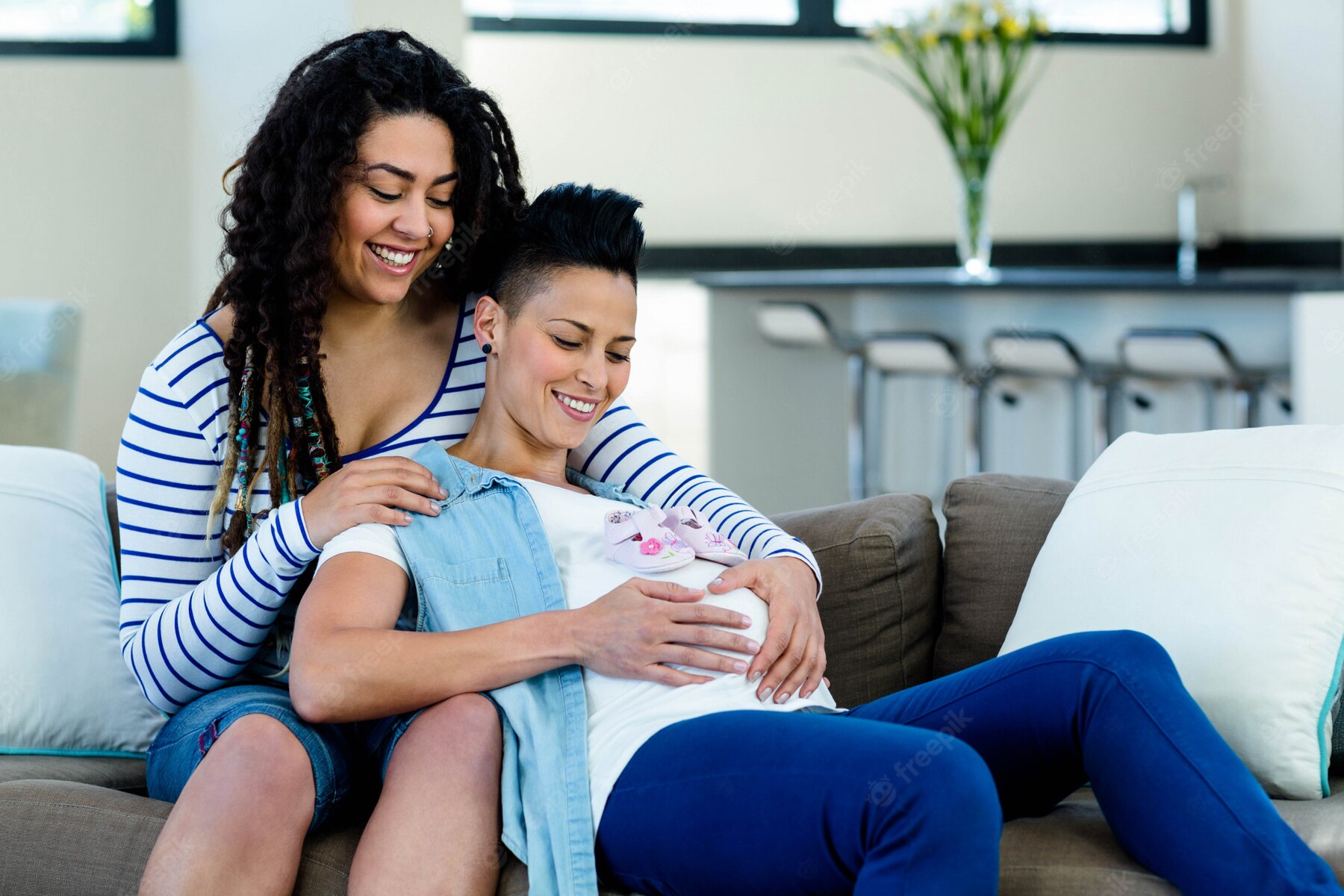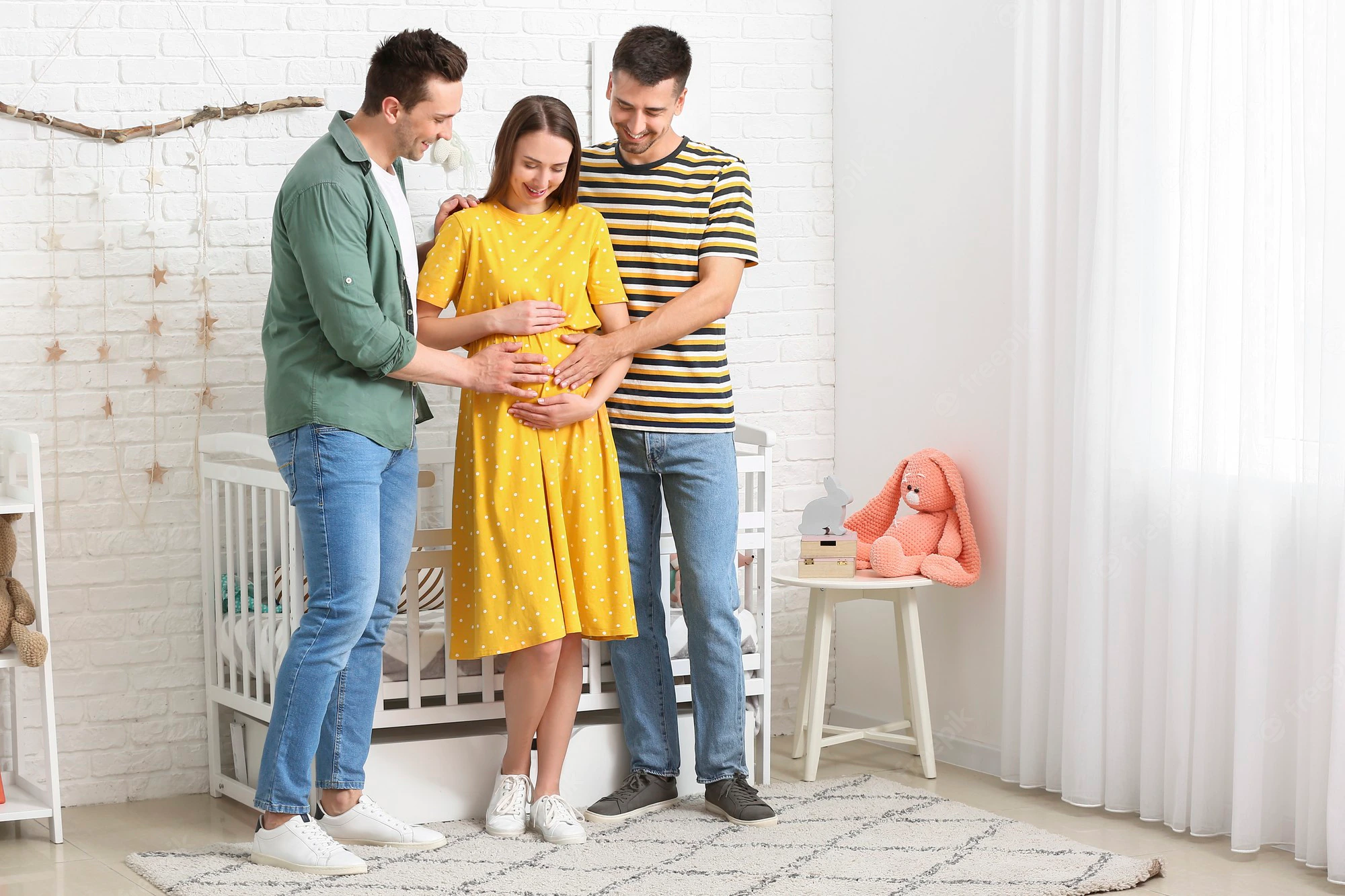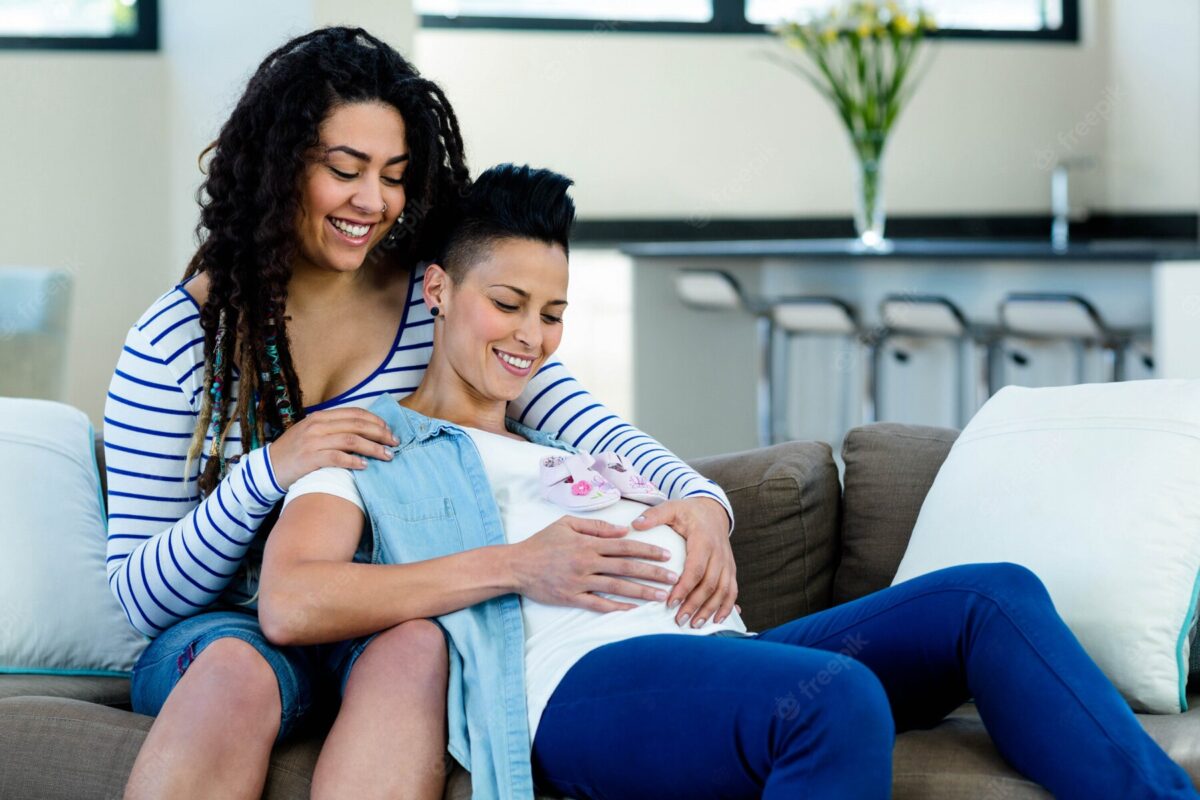In the last 20 years, not only have more people access to treatments to have a baby (a huge change that was driven by the enormous strength of the LGTBQ+ group) but also more women look for egg freezing to plan their fertility in the future. Much more people see opportunities related to reproductive medicine treatments and I am happy to be part of it. My name is Demián Glujovsky, I am a fertility specialist and I have been working in Buenos Aires in this field for almost two decades. I am excited about all these changes that I’ve seen in my profession in so a short time.
In the beginning, only heterosexual couples
In 2003, I finished my residency in Obstetrics and Gynecology in Buenos Aires, Argentina. At that moment, almost all my patients were women that came with a male partner to have a baby. Also, from time to time, a few cases of pregnant single mothers came to my office too. At that moment, seeing other types of patients in my obstetrical office was not common at all.
In 2005, when I finished my fellowship in Reproductive Medicine, I started working as an “infertility specialist” in our clinic (I use here this term as opposed to “fertility specialist”, that is what I do now). We used to help people that had infertility, which is defined as 12 months with regular sexual intercourse but not having a baby. At that moment, whenever we performed an embryo transfer, we labeled all our stuff with the name of the woman (the patient) and the name of the male partner that came with her (we used to say “the patient Mary that is married to John is going to have an embryo transfer”). Taking care of a heterosexual couple (usually married) was the most common situation. In the next few years, a lot of changes were going to occur…
It is amazing how fast changes occurred in our country (and all around the world) in the following decade. In those 10 years, the combination woman-man trying to conceive was going to be just one of the possible scenarios. In the beginning, taking care of single women trying to conceive was starting to be more common. And then, some lesbian couples appeared at the clinic more regularly. I want to make the reader note that all these options also existed in the past, but the frequency was much lower.

Some years later, single women have more choices
In the second decade of this century, single women could choose not only to do an assisted reproduction technology treatment with donor sperm but also, they could decide to postpone maternity and go for a fertility preservation process (egg freezing started to be more available and effective when vitrification was approved as a routine treatment in 2012). The availability of these options made lots of women feel more relief. They didn’t have to rush. They didn’t feel that they were going to lose their opportunity to have a baby with their own eggs. They were empowered to decide what the best option was for each of them.
Nowadays, some decide to have a baby with no partner: they feel that seeking a pregnancy as a single mother is more common now, and socially accepted, and it gives them the opportunity of thinking about it as a possibility. For some others, the option of freezing eggs gives them the opportunity of postponing the maternity until they feel that it is the right moment.

And lesbian couples have more alternatives
The second decade of this century was a boom from the fertility perspective for all the people represented by the LGTBQ+ group. Lesbians found it more comfortable to visit a fertility clinic, which showed that our society was changing. And clinics started offering a specific type of IVF treatment called ROPA (Reception of Oocytes from the Partner). The possibility of doing ROPA opened a great option to let both women participate in the process. Some still prefer that only one of them carries out the entire process (only one of them provides the eggs and carries on the pregnancy). Some others feel comfortable participating in just one of the stages: one undergoes the ovarian stimulation part (to provide the oocytes) and the other undergoes the embryo transfer part (to carry the pregnancy). More options give more opportunities. More options are more freedom.

Finally, single men and gays couples have a choice too
Single men and gay couples were not that common until surrogacy had legal support in our country. Before that, it was infrequent. Fortunately, that changes dramatically in the last few years and Buenos Aires became a top destination for surrogacy. Nowadays, men have this possibility as well. Using donor eggs and the option of surrogacy made many men consult us. Therefore, many of them made their dream come true.
LGTBQ+ movement made a huge difference. It became stronger and helped society change and move forward. My profession has changed a lot: while I was used to working only with heterosexual couples dealing with infertility (I used to be an infertility doctor), now I deal with all different types of fertility options helping more people to have a baby (I am a fertility specialist now).




